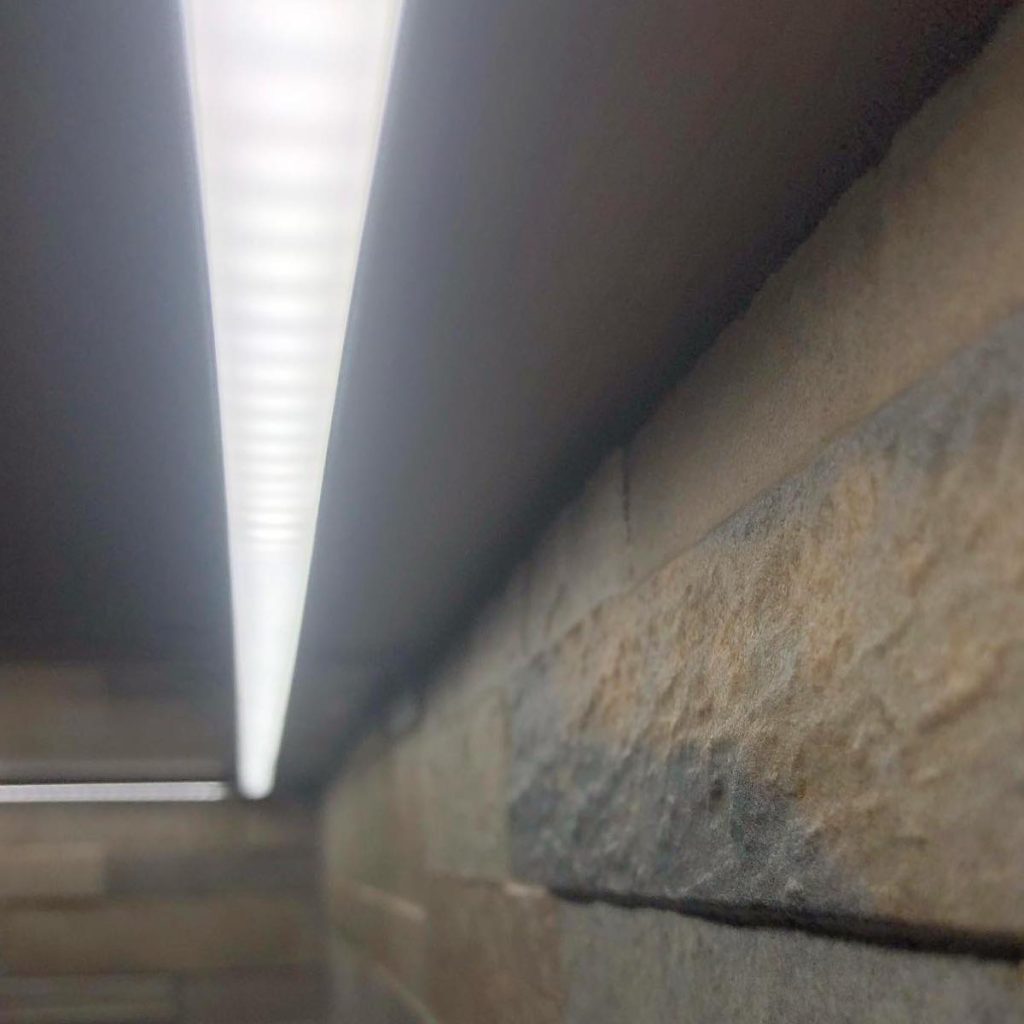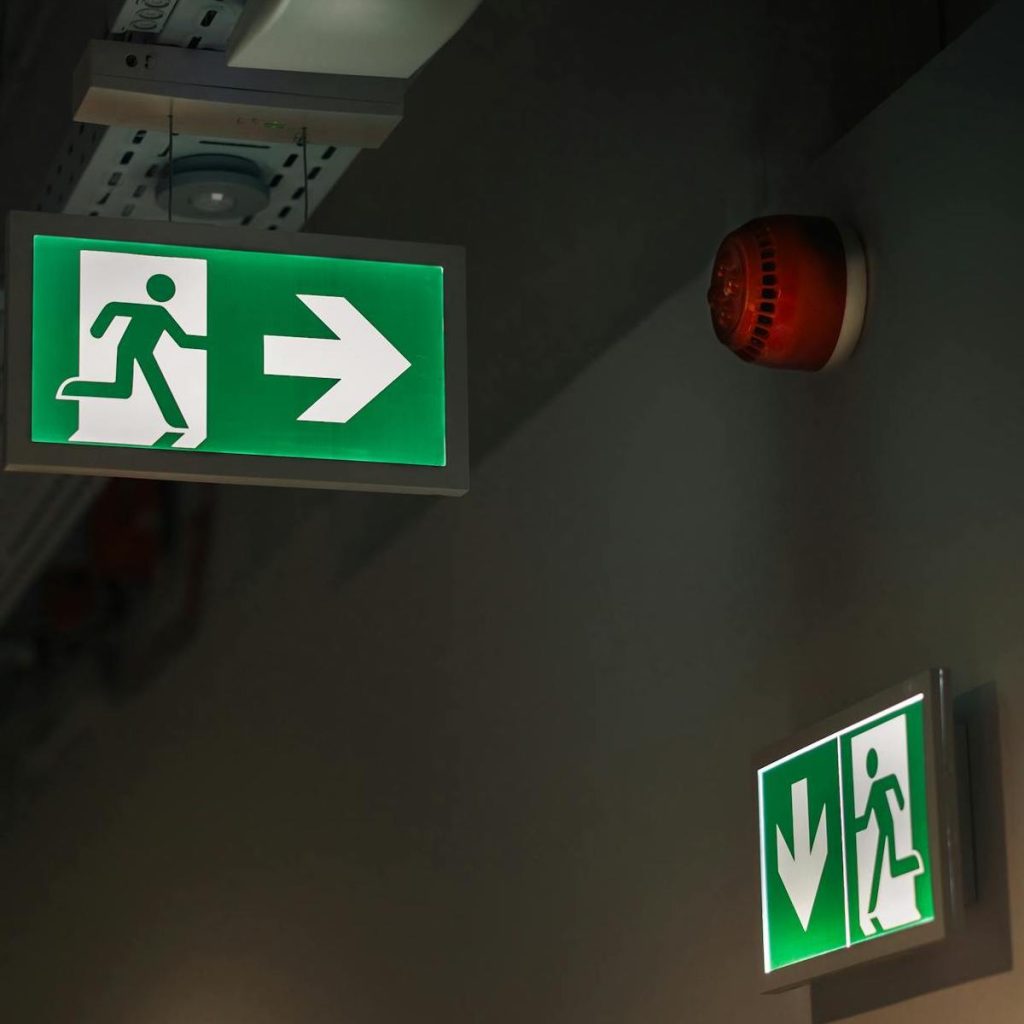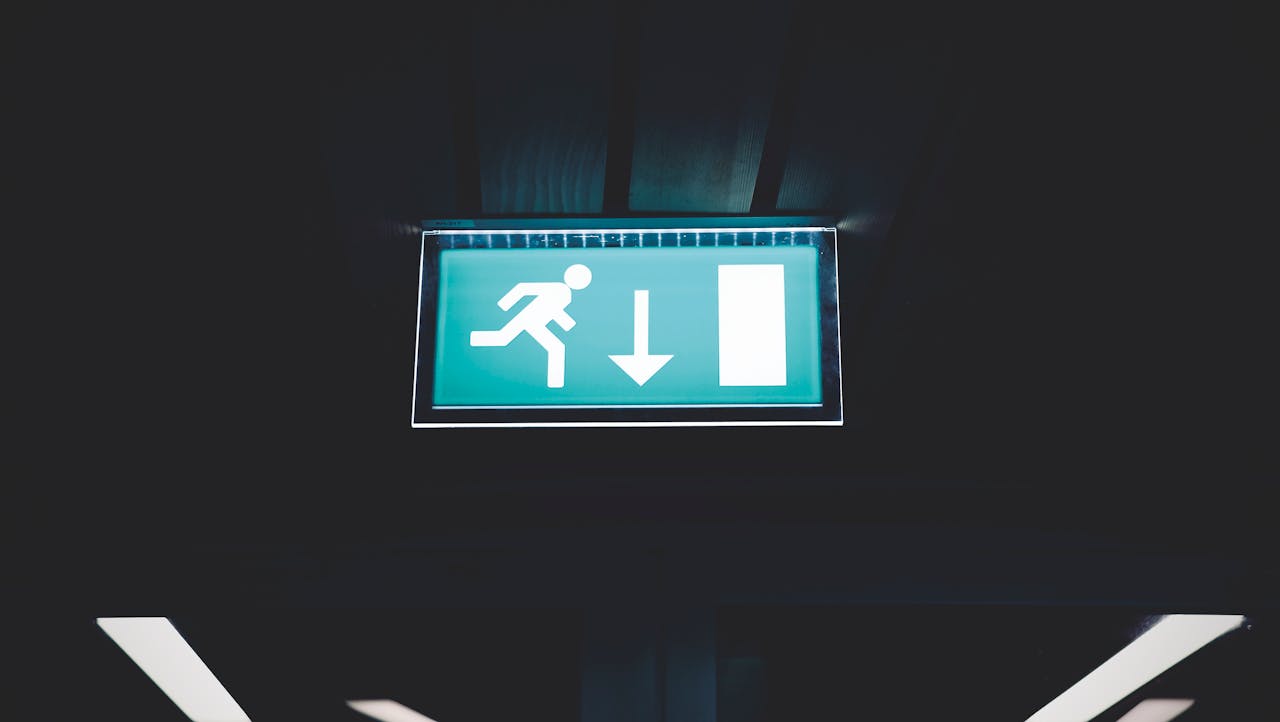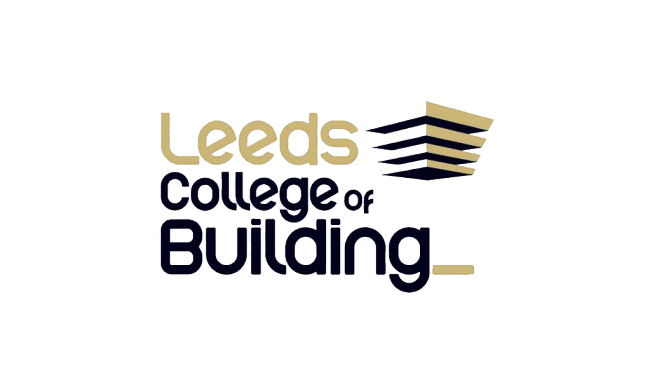Complete Emergency Lighting Design And Installation
Emergency lighting is an important part of any workplace. With the right emergency lighting installation, you can ensure that staff, customers and visitors are able to follow the escape routes and find the emergency exits quickly and effectively during an emergency situation.
In the UK, all business premises need emergency lighting, and the type of solution you require will vary depending on the size and type of property you operate from. Whether you need floor-level lights to provide directions for visitors or large illuminated signs to highlight where the doors are, HG Electrical is here to help, offering all types of LED lights for your premises.
As a top emergency lighting designer and installer in the North East, we have the expertise and knowledge needed to create the ideal emergency lighting solution for your location. Our team can carry out every stage of the process, from drawing up the plans to sourcing the technology and installing your emergency lighting.
Whether you have just moved into your premises and need a new emergency lighting system or want your existing solutions upgraded, we can help. From offices to factories, retail outlets to warehouses, or even if you are in the healthcare industry, we can tailor our advice and support to your unique situation and take all factors into consideration before we make our recommendations. Contact us today to find out more.

Leading Supplier Of Emergency Lighting In Leeds

Commercial Emergency Lighting Testing And Maintenance
Once your emergency lighting system is fully installed, our team can continue to provide support with our ongoing electrical testing and inspection services. Alongside emergency lighting, we can also install landscape lighting and security lights outside to protect your property.
Emergencies don’t happen often, but when they do, it pays to be prepared. In an emergency situation, you need to be able to trust that your safety systems, including your emergency lighting, fire alarms, and CCTV, are all functioning correctly.
With our services, you can ensure that your business is safe and reduce the chances of a system failure when you need your emergency lighting the most. It is recommended that, beyond a daily visual inspection and a monthly check, professional emergency lighting tests are carried out every 6 months, with a full discharge test and visual inspection of the emergency lighting system on site carried out annually.
All results from the emergency lighting testing and any faults should be logged in your site fire safety log book under the emergency lighting section. At HG Electrical, we are able to fill this out for you and can even provide you with a site fire safety logbook if required. Our complete emergency lighting services ensure the safety of your business, property and staff, so call us today on 0113 824 1881 to book your site visit.

Emergency Lighting Installation FAQs
What Is The Difference Between Emergency Lighting And Ordinary Lights?
Most lighting solutions for business premises have a switch, which allows them to be turned on and off and are powered by the mains supply for the building. Emergency lighting is installed to provide automatic illumination in the case of an emergency situation, such as a fire or power cut. Some emergency lighting systems can be switched on and off like normal lights, while others run automatically all the time or only turn on when the power supply fails.
What Are The Three Types Of Emergency Lighting?
There are three main types of emergency lighting. Maintained emergency lighting is on all the time and is usually run on the building’s power supply, except in the case of a mains power failure, when it switches to being battery operated. Non-maintained systems only come on in the event of a power failure, and run on batteries that are charged by the mains power supply when it is live. Switchable emergency lighting options can be turned on and off like normal lighting solutions, but they have backup battery power in case of an emergency.
What Are The Three Types Of Electrical Testing?
While there are multiple ways to test electrical equipment and systems, the three main types of electrical testing are insulation resistance testing, continuity testing, and ground fault circuit interruption (GFCI) testing.
Is Emergency Lighting A Legal Requirement?
Under the Regulatory Reform (Fire Safety) Order 2005, all commercial and public buildings must have emergency lighting installed. The regulations provide guidance on the type of systems needed for each property, but emergency lighting should be installed in any room where employees or customers would need it should the mains power fail. Emergency lighting is often fitted above doorways and at ground level to provide guidance towards exit routes.







